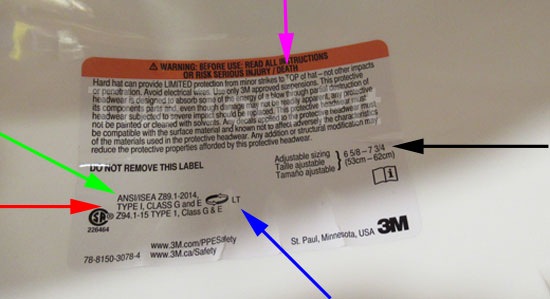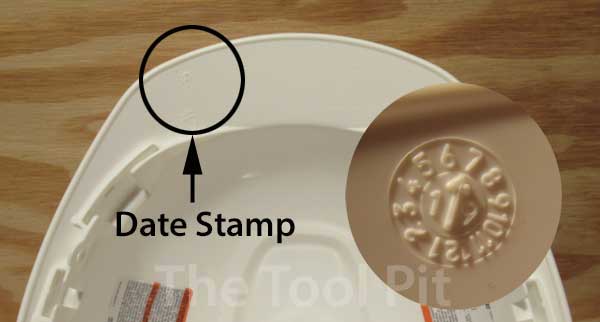ANSI Hard Hat Types and Classification Standards
Hard hats come in a variety of Types and Classes, but a hard hat can't protect you properly if it's not ANSI rated for your specific needs. In this article we'll take a look at the different types of hard hats along with the various classes of safety ratings.
ANSI/ISEA Z89.1 Standard
The ANSI/ISEA Z89.1 standard establishes the Types and Classes of hard hats, and are divided into two Type categories: Type I and Type II which indicates the level of impact protection, and the three hard hat Classes indicate the degree of electrical protection.
Hard Hat Types
Hard hats meeting the requirements of the ANSI/ISEA Z89.1 standard are classified as Type I or Type II. The difference between Type I and Type II hard hats is the amount of protection the hard hat offers. Type I hard hats offer top protection only, while Type II hard hats protect you from impacts to the top of the hard hat, as well as impacts from lateral (side) impacts.
ANSI Hard Hat Classes
The three ANSI Classes indicate how well the hard hats are rated for electrical insulation protection. Class C (Conductive) hard hats provide no electrical protection, Class G (General) hard hats are designed to reduce exposure to low voltage conductors and offer protection up to 2,200 volts, Class E (Electrical) hard hats are tested to withstand 20,000 volts.
How to identify the Type and Class of a hard hat
All hard hats that adhere to ANSI standards contain a certification label inside the hard hat's shell. This label identifies the manufacturer's name and/or identifying mark, Type and Class standards, date of manufacture, approximate head size range, 'reverse donning' info, and any other applicable ANSI standards. It's a really bad idea to trust your life to a hard hat that's missing this safety label.
ANSI/ISEA certification label example
The image below is an example of an ANSI/ISEA label of certification from an entry-level basic hard hat made by 3M. The label indicates the applicable Type, Class, and ANSI standards met.
The arrows might be hard to see on a phone so here's a walkthrough: the green arrow shows the ANSI specification. The red arrow points to the Type (Type 1), and the electrical Class (Class G and E). The blue arrow points to a circle with arrows which means it's okay to use for reverse donning, and the letters 'LT' denote the hard hat is safe for use in low temperatures. The pink arrow up top shows this hard hat only protects from top impacts, not lateral impacts, and the black arrow points to the size range of the hard hat.

Where is the manufacture date on a hard hat?
The manufacture date of a hard hat will be engraved into the underside of the hard hat's brim. The number in the middle of the stamp is the year the hard hat was made, and the arrow points to the month. The image below shows where to find the date stamp on a hard hat. The black circle in the image is where you'll find the stamp, and the small inset image shows what the date stamp looks like. The 19 tells you the hard had was made in 2019, and the arrow points to a 7, so it was made in July of 2019 (the hard hat was purchased in April 2020).

Money well spent
Construction sites can be dangerous places to work. A hard hat is a relatively inexpensive insurance policy that might save you from a more serious injury.
Hard Hat 101 video
Here's a video showing the basics parts of an entry-level 3M hard hat:

